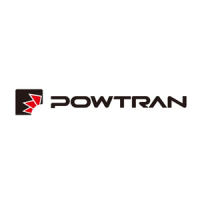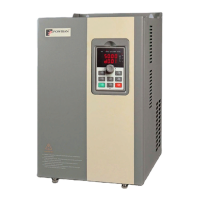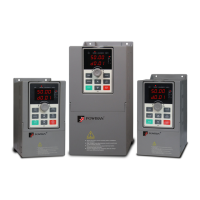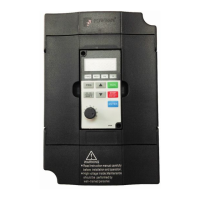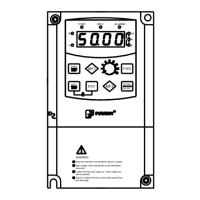Foreword
Thank you for choosing POWTRAN PI500 Series Frequency Inverter. This
product made by POWTRAN is based on years of experience in professional production
and sale, and designed for variety of industrial machinery, fan and water pump drive
unit and IF heavy-duty grinding unit.
This manual provides user the relevant precautions on installation, operational
parameter setting, abnormal diagnosis, routine maintenance and safe use. In order to
ensure correct installation and operation of the frequency converter, please carefully
read this manual before installing it.
For any problem when using this product, please contact your local dealer
authorized by this company or directly contact this company, our professionals are
happy to serve you.
The end-users should hold this manual, and keep it well for future maintenance &
care, and other application occasions. For any problem within the warranty period,
please fill out the warranty card and fax it to the our authorized dealer.
The contents of this manual are subject to change without prior notice. To obtain
the latest information, please visit our website.
For more product information, please visit: http:// www.powtran.com。
POWTRAN
July, 2015


